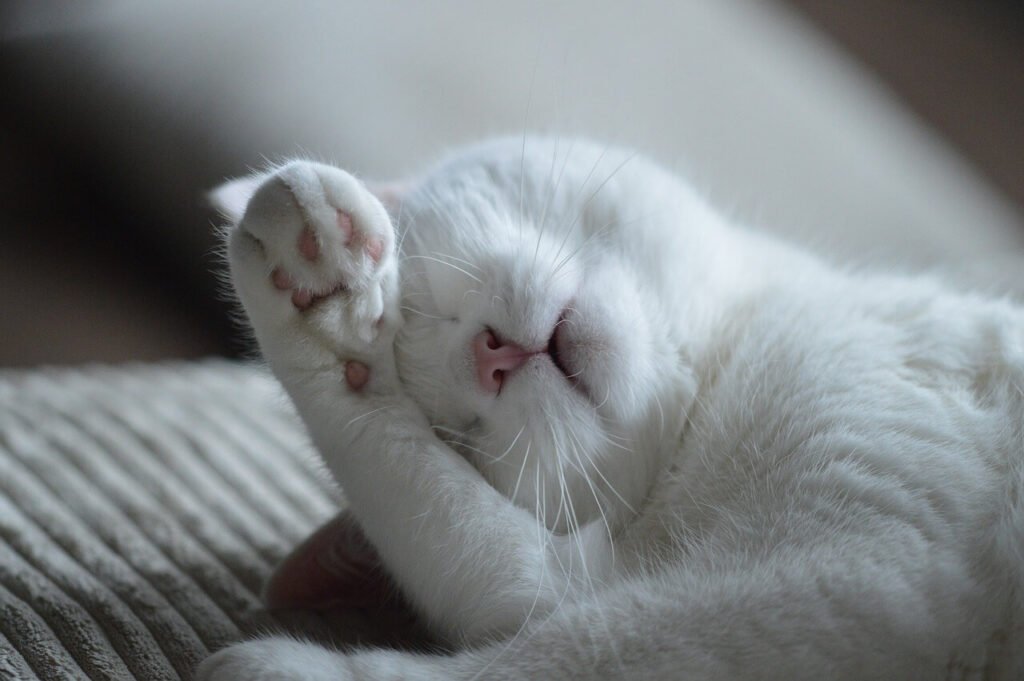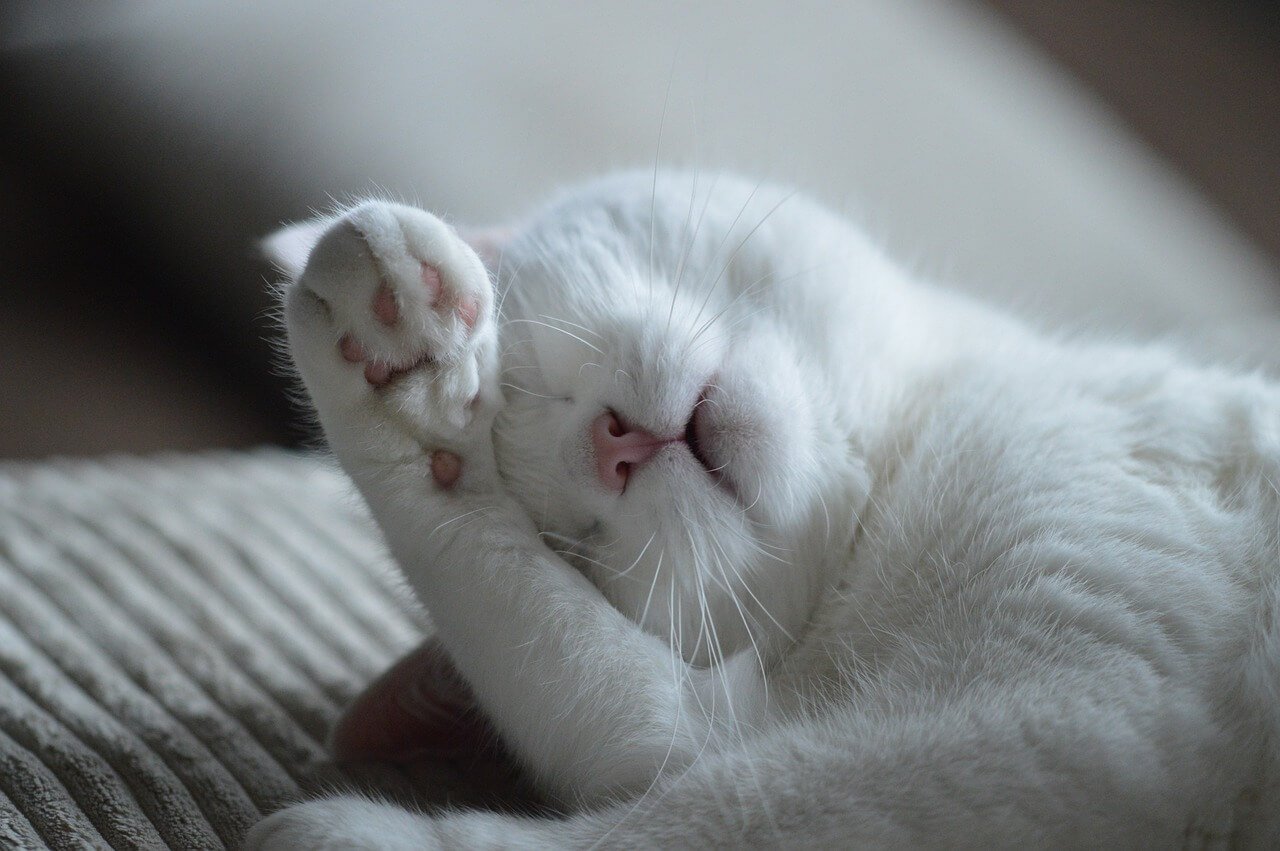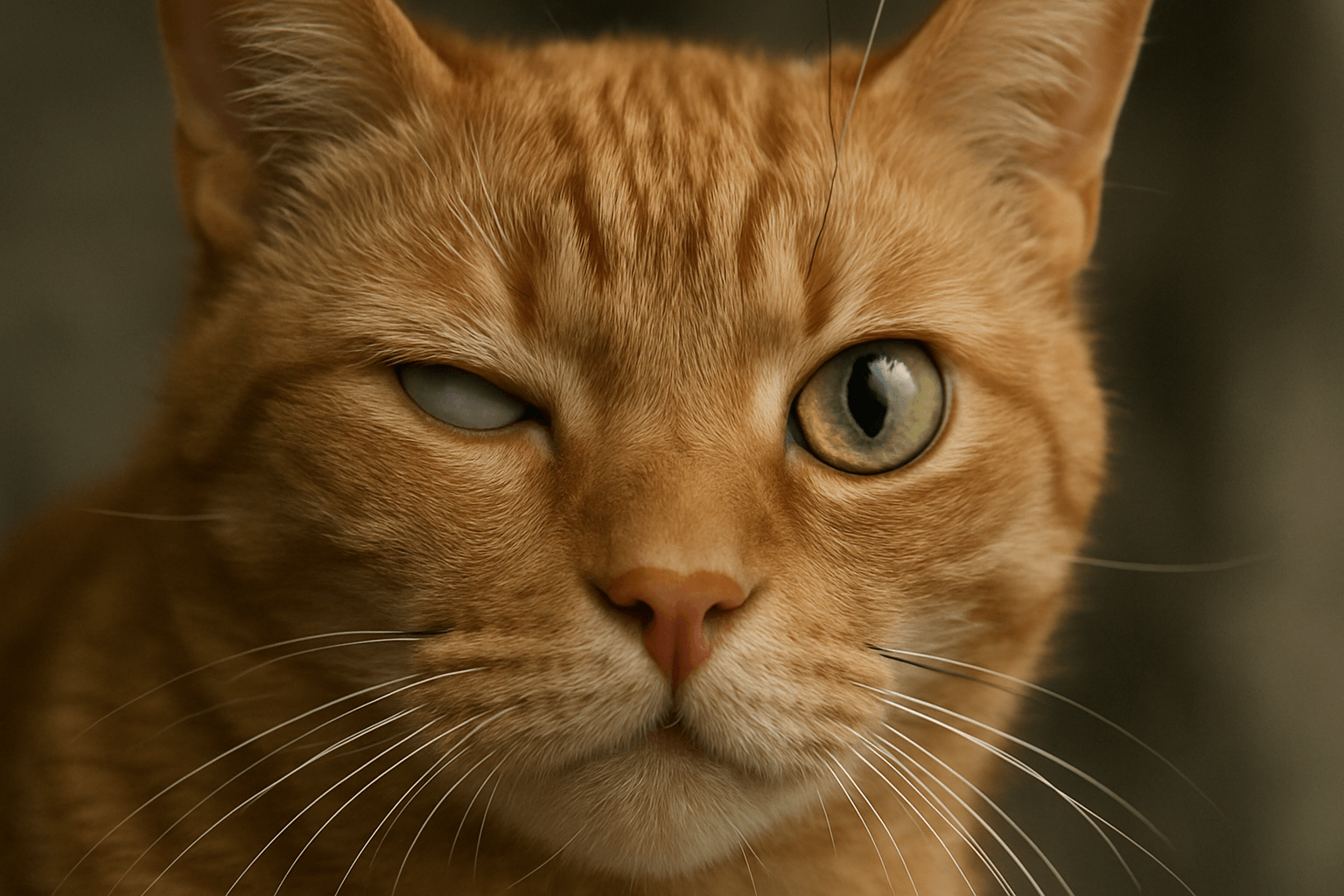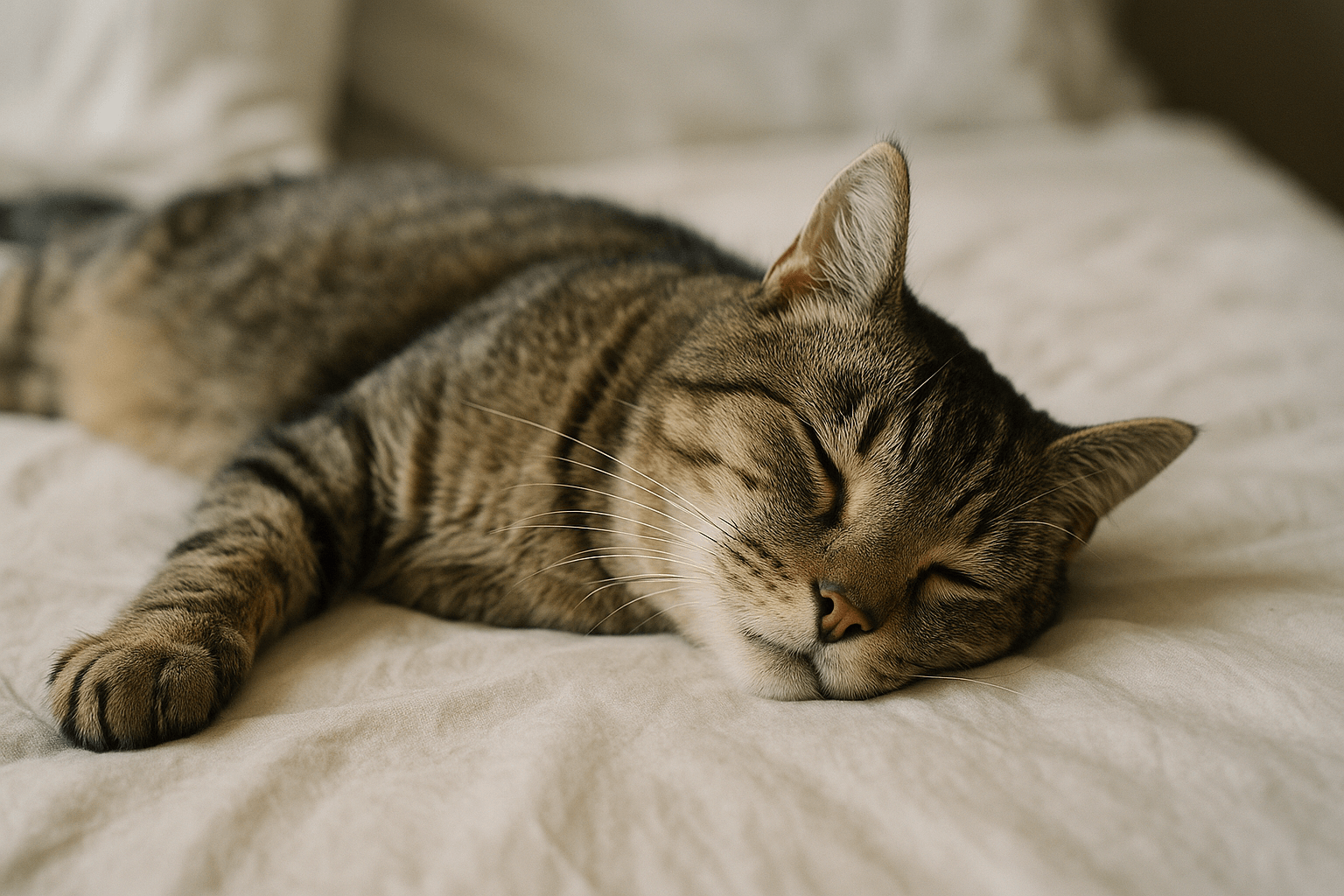Epilepsy in Cats: Understanding and Managing Seizures
Epilepsy in cats is a condition that can be both alarming and confusing for pet owners. Characterized by recurring seizures, epilepsy may stem from various causes, ranging from genetic predispositions to underlying health issues. While it can be distressing to witness your feline companion experience a seizure, understanding the condition is the first step toward providing effective care. In this blog post, we’ll explore what epilepsy in cats entails, how to identify its symptoms, and the steps you can take to manage it. With proper knowledge and veterinary guidance, you can help your cat lead a happy and fulfilling life despite this challenging condition.
Signs and Symptoms of Epilepsy in Cats
Recognizing the signs of epilepsy in cats is crucial for early diagnosis and treatment. Seizures can manifest in different ways, so being observant is key to identifying potential issues.
Generalized Seizures:
These involve full-body convulsions, loss of consciousness, and uncontrolled movements such as paddling or twitching.Partial Seizures:
Also known as focal seizures, these affect only a specific part of the body, such as twitching in one limb or facial muscles.Behavioral Changes:
Cats may exhibit unusual behaviors before or after a seizure, such as pacing, hiding, or appearing disoriented.Loss of Bowel or Bladder Control:
During a seizure, some cats may involuntarily urinate or defecate due to muscle spasms.Post-Seizure Confusion:
After a seizure, cats often appear confused, lethargic, or excessively hungry or thirsty as they recover.
Understanding these symptoms allows you to act quickly and seek professional help if your cat shows signs of epilepsy.
Common Causes of Epilepsy in Cats
Epilepsy in cats can have multiple underlying causes, and identifying the root issue is essential for effective treatment. Here are some common factors that may contribute to seizures.
Idiopathic Epilepsy:
This refers to epilepsy with no identifiable cause, often linked to genetics and typically diagnosed when other conditions are ruled out.Brain Tumors:
Growths in the brain can disrupt normal neural activity, leading to seizures in affected cats.Infections or Inflammation:
Conditions like meningitis or encephalitis can irritate the brain, triggering epileptic episodes.Toxins or Poisoning:
Exposure to harmful substances such as antifreeze, pesticides, or certain plants can induce seizures in cats.Metabolic Disorders:
Issues like liver disease, kidney failure, or low blood sugar levels can impair brain function and result in epilepsy.
By pinpointing the cause, veterinarians can tailor treatments to address the specific needs of your cat.
Check this guide 👉Nystagmus in Cats: Best 7 Health Tips!
Check this guide 👉Understanding Seborrhea in Cats: Best 7 Health Tips!
Check this guide 👉Understanding Seborrhea in Cats: Best 7 Health Tips!

Types of Seizures in Cats | Possible Triggers |
|---|---|
Generalized (Grand Mal) Seizures | Brain tumors, infections, trauma |
Partial (Focal) Seizures | Localized brain abnormalities |
Psychomotor Seizures | Stress, environmental changes |
Cluster Seizures | Idiopathic epilepsy, toxins |
Status Epilepticus (Prolonged Seizures) | Severe brain injury, untreated epilepsy |
How to Respond During a Cat’s Seizure
Witnessing your cat having a seizure can be frightening, but knowing how to respond can make a significant difference in their safety and comfort.
Stay Calm and Observe:
Keep your composure and watch the seizure closely to note its duration and characteristics for your vet.Remove Hazards Around Them:
Clear nearby objects or furniture that could injure your cat during involuntary movements.Do Not Restrain Your Cat:
Avoid holding or restraining your cat, as this could cause harm to both you and your pet.Time the Seizure:
Use a timer or clock to measure how long the seizure lasts—anything over five minutes requires immediate veterinary attention.Comfort After the Seizure:
Once the seizure ends, gently soothe your cat and provide a quiet, safe space for recovery.
Reacting appropriately ensures your cat remains safe and minimizes stress during and after a seizure.
Treatment Options for Epilepsy in Cats
Managing epilepsy in cats often involves a combination of medications and lifestyle adjustments. Here are some common approaches to treatment.
Anti-Seizure Medications:
Drugs like phenobarbital or levetiracetam may be prescribed to control seizure activity and reduce frequency.Dietary Adjustments:
Special diets rich in medium-chain triglycerides (MCTs) or tailored nutrition plans can support brain health.Regular Veterinary Check-Ups:
Routine monitoring helps track the effectiveness of treatments and adjust dosages as needed.Stress Reduction Techniques:
Minimizing environmental stressors, such as loud noises or sudden changes, can help prevent seizure triggers.Supplements and Alternative Therapies:
Some veterinarians recommend supplements like omega-3 fatty acids or acupuncture to complement traditional treatments.
With consistent care and supervision, many cats with epilepsy can live comfortably and enjoy a good quality of life.
Preventing Seizure Triggers in Cats
While epilepsy cannot always be prevented, minimizing potential seizure triggers can reduce the frequency and severity of episodes. Here are some proactive steps you can take.
Maintain a Consistent Routine:
Cats thrive on predictability, so keeping feeding, playtime, and sleep schedules consistent can reduce stress.Limit Exposure to Toxins:
Ensure your home is free of harmful chemicals, plants, and substances that could trigger seizures.Provide a Safe Environment:
Create a calm, quiet space where your cat can retreat if feeling overwhelmed or anxious.Monitor Health Regularly:
Address any underlying health issues promptly to prevent complications that could worsen epilepsy.Avoid Sudden Changes:
Gradually introduce new foods, environments, or routines to avoid overwhelming your cat.
Taking these precautions can help minimize seizure risks and improve your cat’s overall quality of life.
Living with a Cat Who Has Epilepsy
Caring for a cat with epilepsy requires ongoing commitment and adaptation. Here are some tips for managing daily life with your furry companion.
Keep a Seizure Diary:
Document each episode, noting its duration, symptoms, and possible triggers to share with your vet.Administer Medications Properly:
Follow your veterinarian’s instructions carefully to ensure your cat receives the correct dosage at the right times.Create Emergency Plans:
Be prepared for unexpected seizures by having emergency contact numbers and transport options readily available.Educate Family Members:
Make sure everyone in your household knows how to respond safely during a seizure.Celebrate Small Wins:
Focus on positive moments and progress, even if they seem minor, to stay motivated and hopeful.
With these strategies, living with a cat who has epilepsy becomes more manageable and rewarding.
Emotional Support for Pet Owners
Caring for a cat with epilepsy can take an emotional toll on pet owners. Here are ways to cope and find support during challenging times.
Join Online Communities:
Connect with other pet owners facing similar challenges to share experiences and advice.Seek Professional Guidance:
Consult your veterinarian or a pet behaviorist for additional resources and coping strategies.Practice Self-Care:
Take breaks and prioritize your own mental health to maintain the energy needed to care for your cat.Celebrate Your Bond:
Focus on the joy and companionship your cat brings to remind yourself why the effort is worthwhile.Stay Educated:
Continuously learn about epilepsy and advancements in treatment to feel empowered and informed.
By nurturing your own well-being, you’ll be better equipped to provide the best care for your beloved feline friend.
Frequently Asked Questions About Epilepsy in Cats
What should I do if my cat has a seizure?
Stay calm, remove hazards, time the seizure, and contact your veterinarian immediately if it lasts more than five minutes.
Can epilepsy in cats be cured?
While idiopathic epilepsy cannot be cured, it can often be managed effectively with medication and lifestyle changes.
Can epilepsy in cats be cured?
Seizures themselves are not typically painful, but cats may feel disoriented or sore afterward.
How is epilepsy diagnosed in cats?
Diagnosis involves physical exams, blood tests, imaging (like MRI or CT scans), and ruling out other potential causes.
Can diet help manage epilepsy?
Yes, certain diets, particularly those high in MCTs, may help reduce seizure frequency in some cats.
Supporting Your Cat Through Epilepsy
Epilepsy in cats can be a challenging condition to manage, but with patience, education, and veterinary support, you can ensure your feline friend enjoys a happy and fulfilling life. By recognizing the signs, understanding the causes, and implementing appropriate treatments, you play a vital role in your cat’s well-being. Remember, your love and dedication make all the difference in helping them navigate this condition. Together, you and your veterinarian can create a care plan that keeps your cat safe, comfortable, and thriving.
Why Is My Cats Second Eyelid Showing? Best 7 Expert Tips! Understand causes, health signs, and how to respond when your cat’s third eyelid becomes visible.
How Do I Know If My Cat Died Peacefully? Best 7 Expert Tips! Discover the quiet signs of a peaceful feline passing and find comfort in their final moments.
Cat Allergy Eyes: Best 7 Expert Tips! Discover why your eyes react to cats and learn proven strategies for relief—without giving up your feline friend.
Why Do Abyssinian Cat Colors Matter? Best 7 Expert Tips! Discover the genetics, rare hues, and care secrets behind Abyssinian coat colors for a healthier, happier cat.





